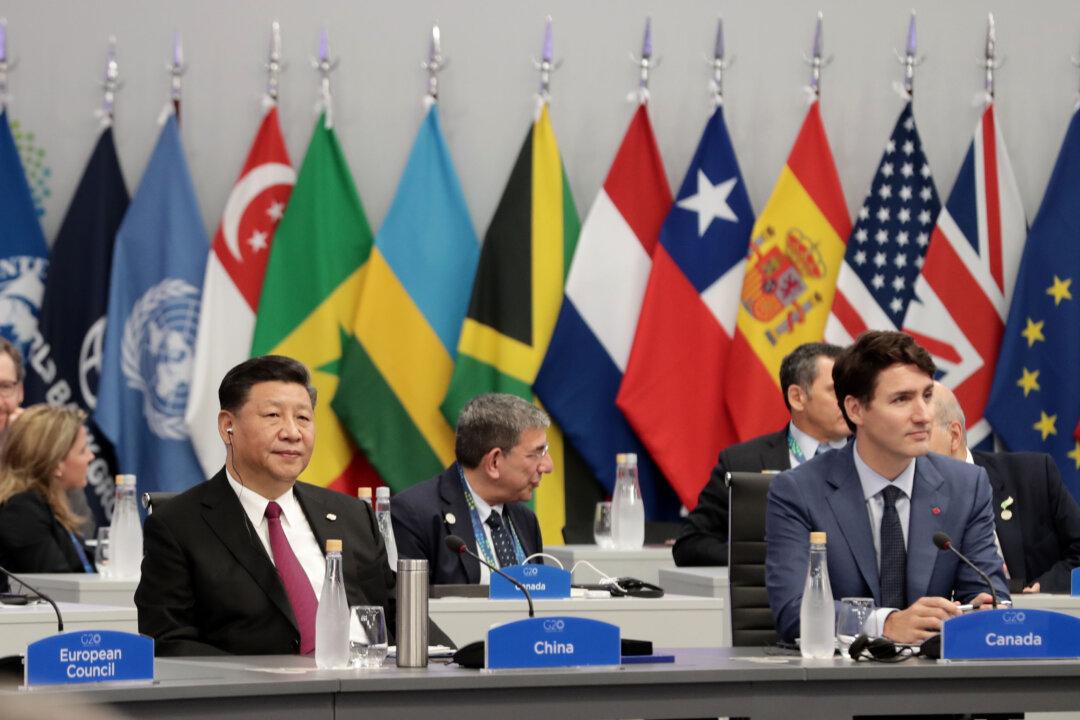Canada stands to benefit from trade-related outcomes at the G-20 as the United States and China work together and leaders agree international trade reforms are needed.
The spotlight in Buenos Aires, Argentina, was firmly on the Dec. 1 meeting between U.S. President Donald Trump and Chinese President Xi Jinping. The leaders of the world’s two largest economies eased trade tensions and set a 3-month timeframe to work out the thorny issues that the United States is accusing China of, such as intellectual property theft, forced transfer of technologies, cyber crime, and less-than-open markets.





